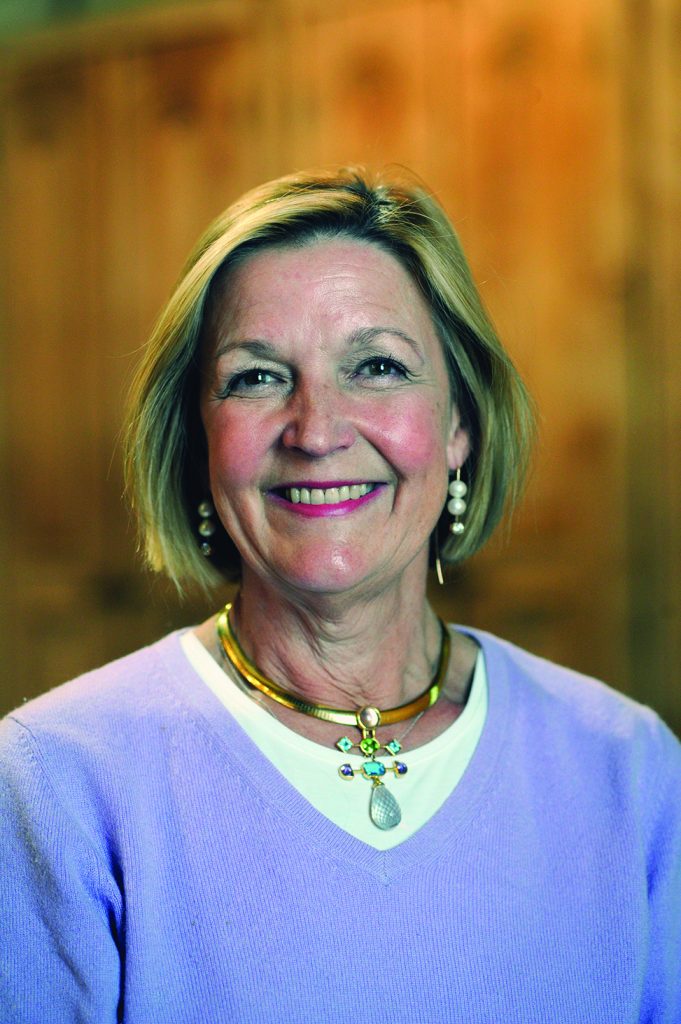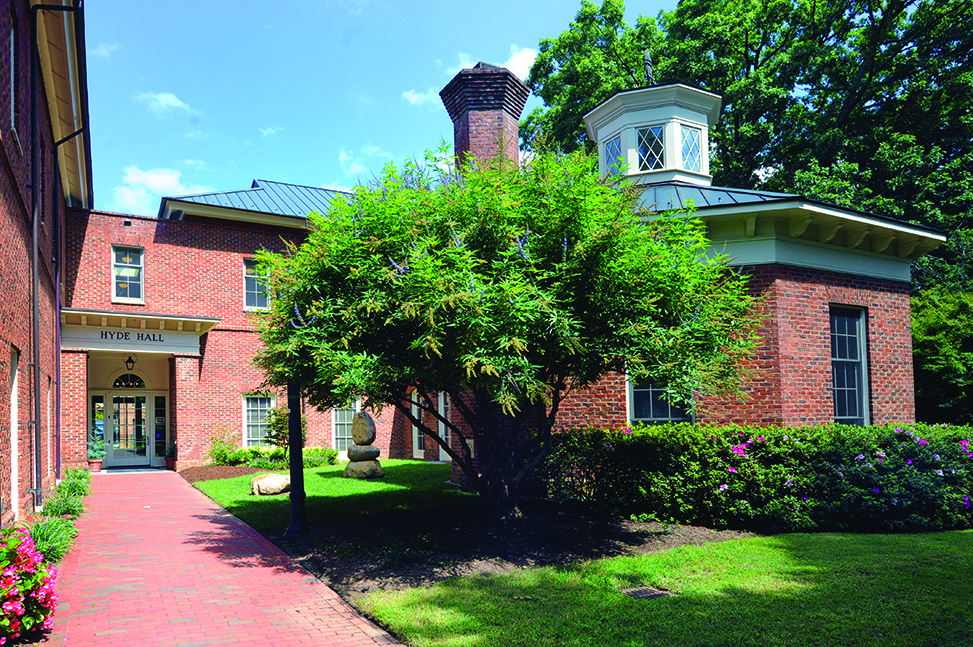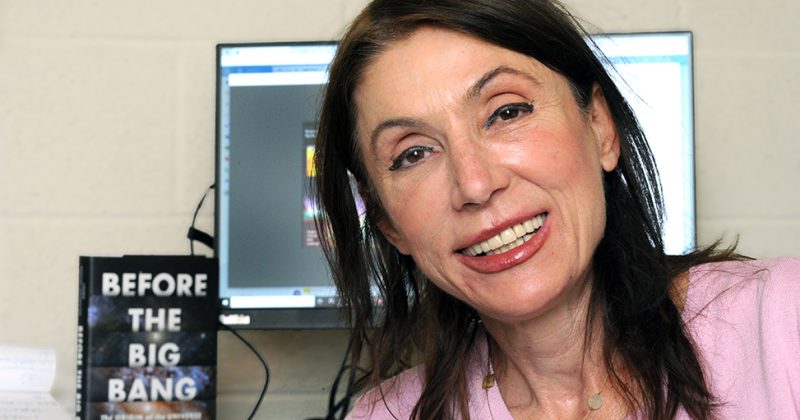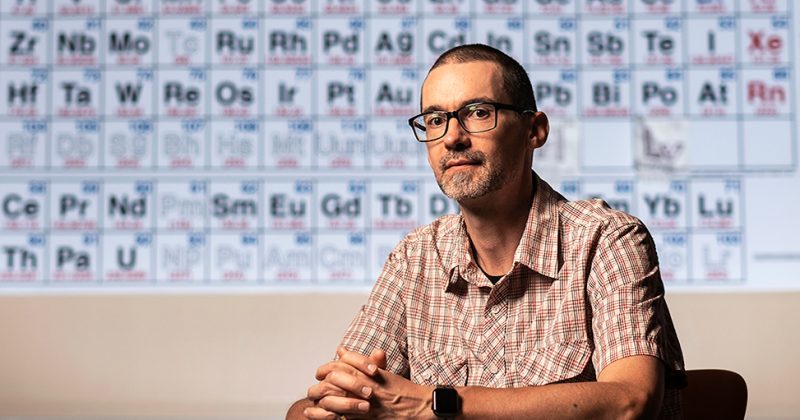
IAH advisory board member Caroline Williamson has included a deferred gift to the institute in her estate plans. (photo by Donn Young)
When she was recruited for a position on the College of Arts and Sciences’ Institute for the Arts and Humanities Advisory Board, Caroline Williamson ’83 admits that she didn’t know much about the IAH.
She quickly learned that the institute was a dynamic resource that empowers faculty to achieve their full potential by creating community and cultivating leadership. At the heart of its mission is the affirmation of the crucial value the arts and humanities provide to the University and the world.
“When you learn about what the institute does, I think its mission is so encouraging,” said Williamson, who joined the board in 2006. “What really stuck with me more than giving faculty sabbatical time to work on a research project was the incidental outcome, which was that when you were a fellow, you joined each other on Wednesdays for lunch and discussed what you were working on. Seeing what came out of those discussions made me realize that learning to listen and have different perspectives at the table not only makes your work better but makes the whole better.”
Williamson emphasized what a difference that can make.
“What we’ve found over the years is that those faculty cohorts broke down a lot of silos because, in academia, you may be relegated to your department, so you rarely meet other people at the University,” she said.
In her time on the IAH board and as chair, Williamson has seen an additional, paramount benefit of faculty receiving a fellowship: “It has also helped with retention because it helped faculty feel that they were part of something bigger than just their department or the courses that they taught.”

In addition to her service on the board, Williamson regularly supports the institute through philanthropy and has included a deferred gift in her estate plans, helping to ensure collaboration and growth for faculty for decades to come.
Seeing the effectiveness of these IAH-facilitated collaborations has influenced her other volunteer work and her professional life as president, treasurer and director of the B. Robert Williamson Jr. Foundation, she said. (The philanthropic organization — established with support from friends — honors the memory of her husband, Robert, who died unexpectedly in 2012).
“It is important to have different perspectives around the table so that you don’t just hear what you want to hear; you hear what other people are thinking and what other people’s experiences have been,” she said. “That’s the passion for me — how do you bring different people to the table because I know that it bears fruit beyond the situation at hand.”
Patricia Parker, director of the IAH, said Williamson’s passion for supporting faculty shines through in her work with the board.
“I am thrilled to work with Caroline and the other advisory board members who are so engaged and passionate about our work at the institute,” said Parker.
In her time as a student, alumna, parent of students, donor and advisory board member, Williamson has seen how the different aspects of the University work together.
“You can have the best students in the world, but if you don’t have great faculty, what good is that? It goes hand in hand — you have to have great faculty and great students to really make the University great.”
Williamson said she would like to see continued investment in the Faculty Fellowship Program, as well as opportunities to share its success story beyond the University. For this program, the IAH has awarded 706 fellowships to support faculty research and projects since the inaugural cohort in 1988. These investments showcase how the institute so successfully creates community among faculty.
“This is something we could model to other colleges as a way not only to retain faculty but to lift them up and lift their work up,” she said.
By Mary Moorefield (M.A. ’20)
Published in the Fall 2022 issue | The Scoop
Read More

Research on rare N.C. earthquake aids preparation, forecasting
Think of earthquakes, and images of cracked highways showing obvious…



